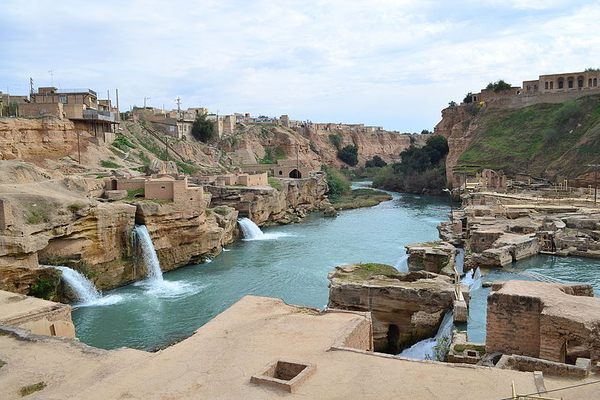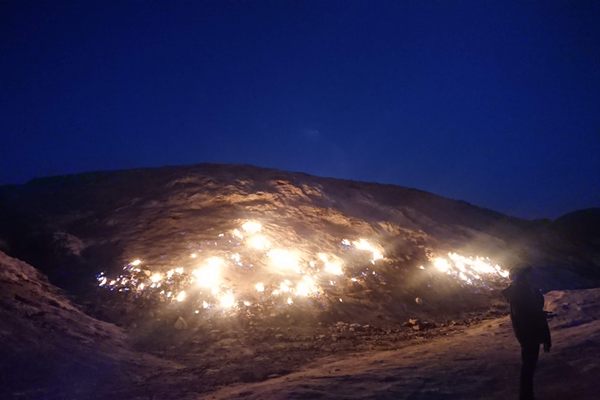Tomb of Daniel
Burial site of a Jewish prophet revered in Iran.
There are many places that claim to be the traditional burial place of the biblical prophet Daniel, a Jewish prophet revered in Iran. But the tomb located in Susa, Iran, is the most widely accepted and the first that was mentioned by Benjamin of Tudela, a medieval Jewish traveler whose journeys preceded Marco Polo’s by about 100 years, who first visited Asia between 1160 and 1163.
Is it the place, though? We may never know. The Book of Daniel says that the prophet lived in Babylon at one point and may have visited what is now Susa, Iran, but the place of his death is not clearly specified in the text. But people may not need to know. Today, the Tomb of Daniel in Susa is a popular tourist attraction, largely among local Muslims and Iran’s Jewish community.
An account given by 10th-century Arab chronicler Ibn Hawqai is another argument for the tomb’s current location: “In the city of Susa there is a river and I have heard that in the time of Abu Mousa Al Ashoari a coffin was found there; it is said to contain the bones of Daniel the Prophet. The people held it in great veneration and in times of distress, famine or droughts brought it out and prayed for rain. Abu Mousa Al Ashoari ordered that the coffin be encased with three coverings and submerged it in the river so that it could not be viewed. The grave can be seen by anyone who dives to the bottom of the water.”
Visitors are able to walk through the remains of the ancient palace that stands over the Tomb of Daniel. The conical building shown in the pictures above is where the mausoleum of Daniel stands.
















Follow us on Twitter to get the latest on the world's hidden wonders.
Like us on Facebook to get the latest on the world's hidden wonders.
Follow us on Twitter Like us on Facebook